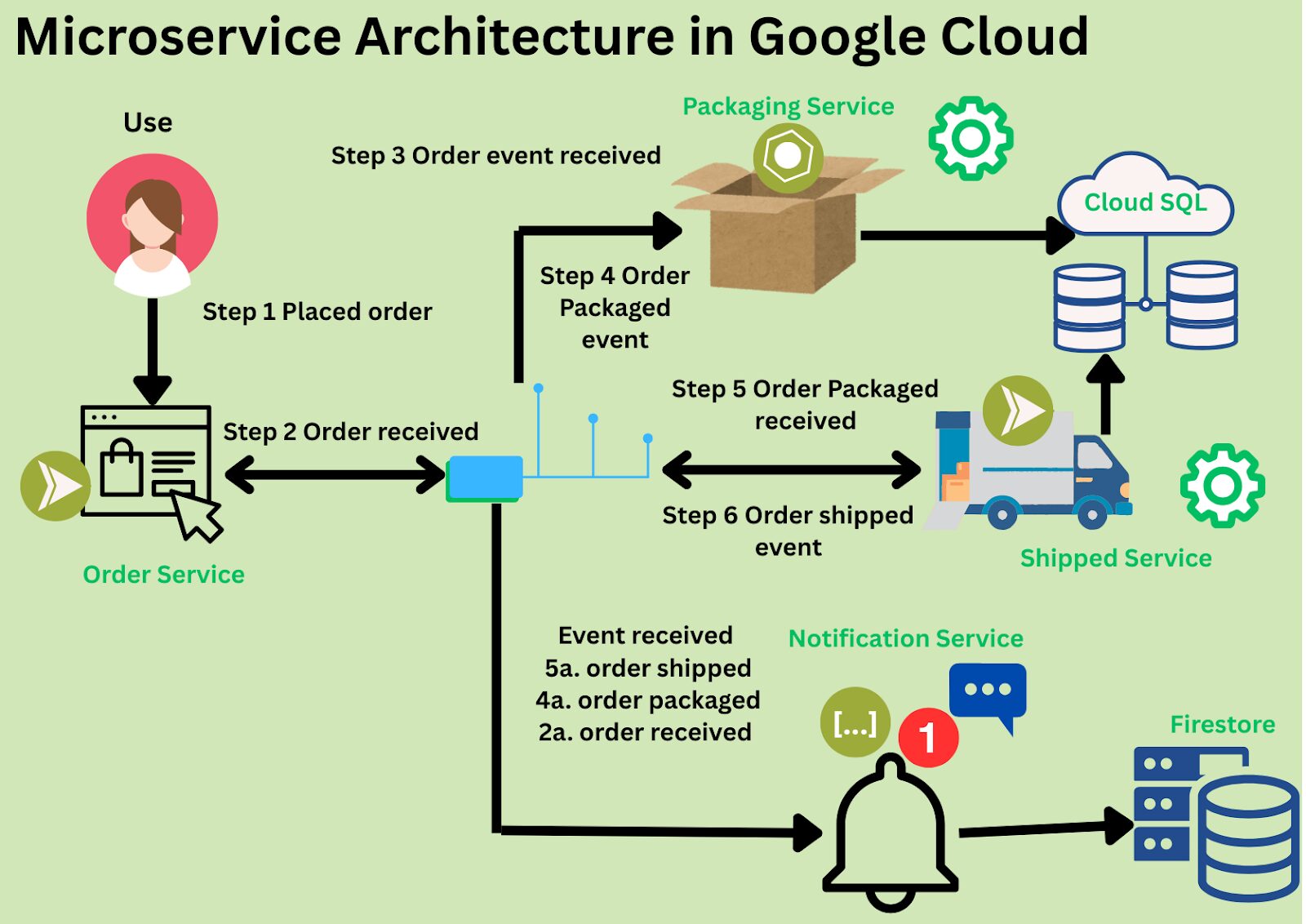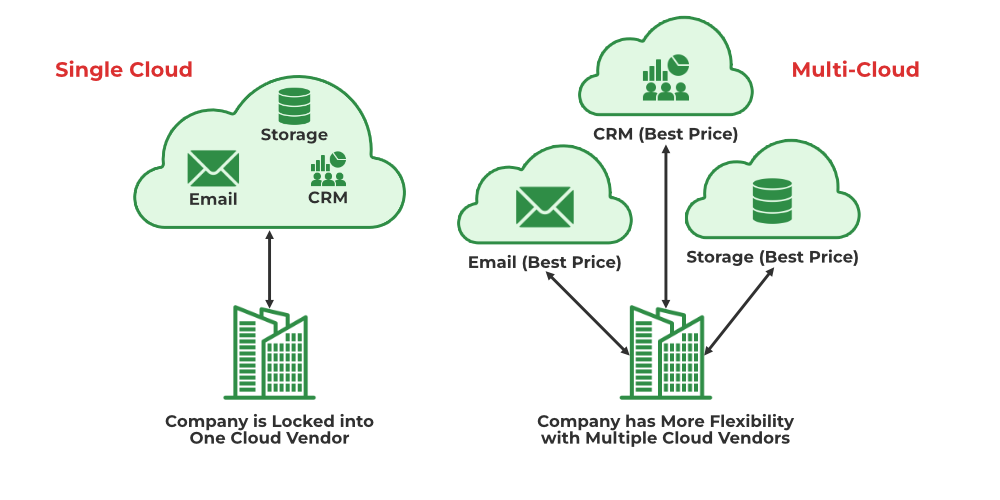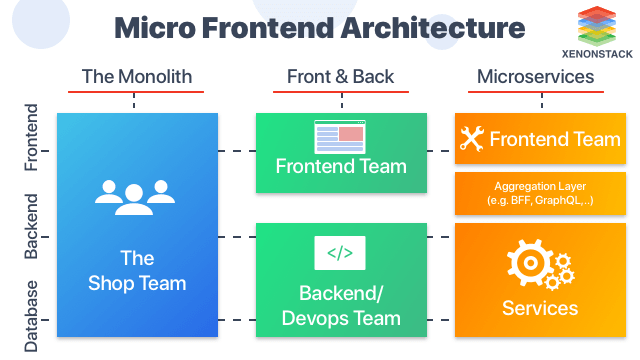In the era of cloud computing, modern systems must be fast, reliable, and adaptable by design. Full-stack development plays a key role in building such systems bridging the gap between frontend and backend. As businesses strive to deliver new features more rapidly, full-stack roles now require technical knowledge across all layers and a solid understanding of cloud-native principles.
Leading the Shift to Cloud-Native Engineering
Cloud-native applications fully leverage the cloud’s elasticity, prebuilt services, and automated infrastructure setup. These applications are developed using microservices, container tools like Kubernetes, and serverless platforms such as AWS Lambda or Google Cloud Functions.
According to Mohit Menghnani, a leader in the software industry, modern full-stack development demands an integrated approach that combines Front-end, Back-end, DevOps, and Infrastructure as Code. Cloud technology has evolved from being just a deployment target to becoming the foundation for building robust and scalable applications.
 Fig:1 Event-Driven Microservice Architecture on Google Cloud
Fig:1 Event-Driven Microservice Architecture on Google Cloud
At the core of Menghnani’s methodology is a strategic framework built on several key elements:
The Pillars of Scalable Architecture
- Integrated Front-End and Back-End Development: Technologies like React, Angular, Node.js, and Django, combined with cloud-based databases such as MongoDB or AWS DynamoDB, are used to build dynamic applications that can scale traffic seamlessly.
- Microservices, Containerization, and Serverless: Modular application design using microservices allows independent deployment and scalability. Docker and Kubernetes help ensure consistency across environments, while serverless services reduce operational overhead.
- DevOps, CI/CD, and Infrastructure as Code (IaC): Automated build, test, and deployment pipelines enable faster releases with fewer bugs. Tools like Terraform, AWS CDK, and Pulumi make infrastructure repeatable and version-controlled. Middleware platforms like Swarmup provide real-time operational insights.
Scalability isn’t just about handling more users,” Menghnani explains. “It’s about building systems that can evolve and respond to demand without disruption. From Dockerized containers to serverless triggers, developers must orchestrate every component to perform under pressure.
Fig 2: Organizational Shift in Software Architecture Models
Overcoming Challenges with Best Practices
With greater architectural flexibility comes increased complexity. Menghnani emphasizes that today’s developers must manage distributed systems, avoid cloud vendor lock-in, secure applications from the ground up, and minimize latency. In his publication Modern Full Stack Development Practices for Scalable and Maintainable Cloud-Native Applications, he outlines effective strategies to meet these challenges:
 Fig 3: Single Cloud vs multi-cloud
Fig 3: Single Cloud vs multi-cloud
- Build for Portability and Interoperability: Use containerized deployments with Docker and Kubernetes, along with API-driven architectures, to maintain modularity, scalability, and cloud-agnostic compatibility.
- Embed Observability and Security: Employ monitoring tools like Prometheus and OpenTelemetry. Follow DevSecOps principles, ensure encrypted communications, and implement least-privilege IAM roles.
- Optimize Delivery Pipelines: Use CI/CD tools to automate testing, speed up releases, and improve rollback procedures—enhancing agility and operational resilience.
Pioneering the Next Phase of Full-Stack Innovation
Looking ahead, Menghnani foresees that intelligent systems will significantly impact full-stack development. Emerging technologies like AIOps, edge computing, and blockchain-based security are beginning to reshape how applications are built and maintained.
AI-powered monitoring systems can proactively detect issues and initiate automatic remediation, while machine learning is increasingly used to personalize user experiences and enhance engagement.
“We’re moving towards a digital age where the traditional divide between development, operations, and infrastructure is disappearing,” he notes.
Building the Future with Full-Stack Cloud-Native Practices
Mastering full-stack development in a cloud-native environment has become essential for any organization aiming to stay competitive. By integrating application logic, automated deployment, and intelligent monitoring, teams can build applications that are not only flexible and maintainable but also secure and scalable.
Software teams that adopt cutting-edge practices and embrace emerging technologies will be best positioned to shape the future of digital innovation. As Menghnani puts it:
“Full-stack development now requires coordination and planning as much as it does programming.”
In addition to his technical expertise, Mohit Menghnani serves a pivotal role between the tech industry and academia. Prestigious institutions such as Santa Clara University, UCLA, and UC Davis have recently invited him to judge their hackathons. Drawing on his industry experience, he mentors students & teams with valuable advice and motivation—underscoring his commitment to nurturing the next generation of digital transformation leaders.






























